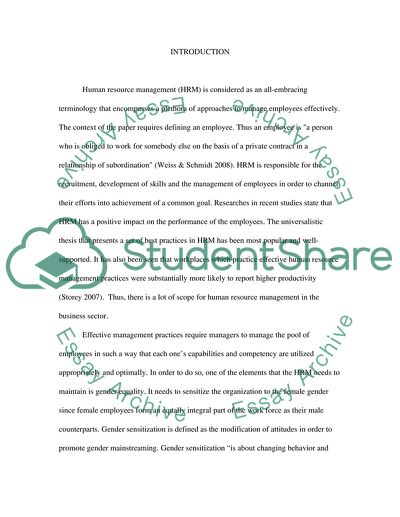Cite this document
(Employment and The Role of Gender Sensitization in Tertiary Sector Research Paper, n.d.)
Employment and The Role of Gender Sensitization in Tertiary Sector Research Paper. Retrieved from https://studentshare.org/human-resources/1737817-researching-employment-and-hrm
Employment and The Role of Gender Sensitization in Tertiary Sector Research Paper. Retrieved from https://studentshare.org/human-resources/1737817-researching-employment-and-hrm
(Employment and The Role of Gender Sensitization in Tertiary Sector Research Paper)
Employment and The Role of Gender Sensitization in Tertiary Sector Research Paper. https://studentshare.org/human-resources/1737817-researching-employment-and-hrm.
Employment and The Role of Gender Sensitization in Tertiary Sector Research Paper. https://studentshare.org/human-resources/1737817-researching-employment-and-hrm.
“Employment and The Role of Gender Sensitization in Tertiary Sector Research Paper”, n.d. https://studentshare.org/human-resources/1737817-researching-employment-and-hrm.


